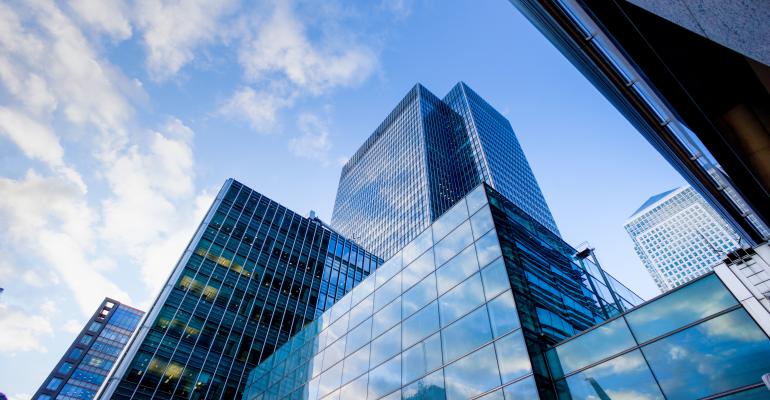Investors are more pessimistic in their outlook for improving values in office, retail and hospitality. Although a bigger number of property owners who already own assets in these sectors said they prefer to hold, there is still a healthy number who see buying opportunities. Notably, 42 percent of office investors said it was a good time to buy. That represents a significant jump from 30 percent in the first half survey, and it also represents the strongest views on buying since 2013. Forty seven percent consider it a better time to hold office properties and 10 percent believe it is a good time to sell.
“There is a lot of perceived risk associated with urban core properties, while the flip side of that is that the outlook for suburban office is improving as companies consider shifting to low-rise buildings with ample parking and private entrances for employees,” says Pontius. That shift is amplified by aging millennials that have started moving to the suburbs. There are likely several more granular differences in investor sentiment related to views on urban versus suburban office, as well as their appetite to buy assets in primary versus secondary and tertiary markets, he says. “We are seeing more investors focusing on suburban office properties, whereas I think there is more caution and more holding patterns when it comes to the urban core,” he adds.

During the second quarter, office vacancies rose 60 basis points to 13.6 percent, while annual average asking rent growth remained relatively stable at 3.7 percent, according to Marcus & Millichap. Views are split on whether office values will fall (42 percent) or hold steady (41 percent) in the coming year. An additional 17 percent believe values could rise over the next 12 months, and the overall change averages -5.0 percent. “That negative 5 percent was a bit surprising. I think it may be driven by a belief that companies will reduce their footprint and have more remote workers. However, respondents are likely overestimating the impact,” says Pontius. He adds that most workers have indicated that they prefer to work in an office but want added flexibility to work remotely 1-2 days a week. Beyond this employee feedback, companies fear the loss of collaboration and culture as a key risk to a heavy weighting to remote work. Finally, the need for increased physical distancing will likely raise the average square footage needed per employee. Again, there likely is going to be more softening in some of the urban core markets, while suburban markets could perform very well due to new demand drivers, he adds.


